This winter has been a cold one in the South of France. Digging through my archives though, I came across pictures from a photographer assignment I had a few years ago which make this French winter look tropical. I left an August heatwave on the French Riviera to travel to the Arctic, where I’d been commissioned to photograph and write about a polar cruise of the coast of Svalbard. Home to the northernmost community in the world, Svalbard is a wild, harsh place. Here, jagged black mountains loom out of frozen mists, white melts into white, and, in the shadows, some of the world’s most powerful nations tussle over rocks and ice…
World’s northernmost settlement
Svalbard is a group of islands in the Arctic ocean, a thousand kilometres north of Norway. The land is the size of Ireland, yet only 2,500 people live there. I went to spend a week on an Arctic expedition cruise, aboard Hurtigruten’s MS Fram. The ship’s 200 passengers were to travel up the west coast of Svalbard’s biggest island, Spitzbergen, stopping each day at different locations. Hurtigruten’s team of knowledgeable guides, respected naturalists, historians and geologists, would give lectures and lead small groups ashore in specialist polar dinghy expeditions, to visit sites and spot Arctic wildlife. A handful of photographers and writers had been invited to join the trip, and I was lucky enough to have been assigned a spot by an in-flight magazine client of mine.
The scenery could not have been more different from the summery South of France that I had left. As my plane started its descent towards Longyearbyen (the archipelago’s main settlement), I caught my first glimpse of Svalbard. Mountains and fjords, sweeping glacial moraines, and gleaming swathes of ice presented a stark, black and white world of contrasts. Chunks of ice floated like clouds in the moody, grey water as far as I could see, and when I stepped off the plane onto the dark tarmac, the silence and the cold were arresting.
Not for the faint-hearted
Svalbard is an ancient place. Rocks from practically every geological period of the Earth’s history can be found here – yet the history of human habitation on Svalbard is very recent. It wasn’t until Dutch whalers established an outpost in the 16th century that people began living there. Its not hard to see why.
So close to the North pole, the extreme cold is constant. Even in August, the air temperature was only a few degrees above zero (the seawater was 1°), and winter temperatures can reach -30°. Permafrost makes it impossible for regular plants to survive. On the coast, tidal waters, floating ice and frequent high winds make boating hazardous. The year before my trip, a French tourist on a similar cruise died when an iceberg exploded next to his dinghy. The region suffers from earthquakes and avalanches too (avalanches have killed 7 people in the last 15 years).
Then there’s the question of light. For 4 months of the year, islanders experience ‘polar night’: the sun never rises. And in summer, the sun – piercing on a clear day – never sets. While polar bears have an extra eyelid to filter UV rays and give them solar protection, humans don’t.
Polar bear cannibals and dwarf forests
Svalbard’s native animal residents seem to defend themselves adeptly from the few humans that venture into their territory. An Arctic tern attack, for example, is not to be taken lightly, if you unwittingly walk anywhere near their nest, as I did (‘nest’ being a big word for a well-camouflaged egg sitting on a beach). The tern’s screeching, dive-bombing and pecking has left many a soul traumatized, with a bleeding scalp, and I was glad to have listened to MS Fram’s safety briefing (“put your hands on your head, waggle your index fingers and walk backwards“… incredibly, this works). The potentially lethal threat of a polar bear attack means that people on Svalbard carry rifles – in fact they are legally obliged to, when leaving any settlement’s limits.
Polar bears themselves, aside from being dangerous to humans, are violent towards each other too. Female bears tend to avoid male company as males can, in a perverse kind of foreplay, kill a she-bear’s baby (and even a female might eat her young, if she’s hungry enough…)
Nevertheless, nature flourishes on the archipelago, species having adapted to Svalbard’s extreme environment. During the summer, the top layer of permafrost thaws (to 50 – 150 cm below the surface) and certain plants thrive – 170 kinds have been recorded. There is birdlife in profusion too: many migrate to southern climes for part of the year, but return to the islands to breed. There might not be trees as we know them, but a handful of species do grow on Svalbard (including a variety of willow) – they just don’t grow big. With stems no thicker than knitting needles, ‘trees’ only reach a height of a few centimetres, growing but a few millimetres each year. Spreading out across the land, Svalbard’s ‘mini forests’ can be several decades old.
Neither births nor burials
An imposing, stuffed polar bear presides over the prayer room of the otherwise modest Longyearbyen Church (the world’s most northerly church). Lutheran priest, Leif Magne Helgesen, agreed to meet me, sit for a portrait and discuss life on the island. Flying in the face of stereotyped images of clerics, he was strong, rugged and clad in outdoor expedition gear.
“It is a beautiful place, but everyone gets down during the dark winters. The worst is for the people who don’t feel better in spring when the sun comes back and everyone else cheers up. They’re the ones I worry about; they really are depressed”
Longyearbyen, the largest settlement on Svalbard, is a young town. Established when its coal mines opened barely 100 years ago, Longyearbyen’s mostly Norwegian inhabitants work in mining, at polar research stations or in the tourism sector. It is not a place where people grow old: the average age of Svalbard inhabitants is 34. There is a school, but no babies are born here (hospital facilities are very limited), and I noticed that the little cemetery behind the church had its fair share of crosses. Leif told me these were all old, “Mining accidents, mostly“. Due to the permafrost, bodies don’t decompose on Svalbard: the graveyard stopped accepting bodies decades ago.
More snowscooters than people
“Life is fragile here“, Leif continued. He explained that in Svalbard’s harsh environment, people looking out for each other is vital for survival. Regardless of their religious persuasion, he visits islanders regularly, travelling by helicopter and snowscooter (without roads on the island, there are more snowscooters in Longyearbyen than people).
The second biggest settlement on Svalbard is the Russian coal-mining community of Barentsberg (Leif visits regularly). A national coal company station, it is more an institution than a town, with a large bust of Lenin watching over it. Instead of being paid in cash, miners have cards that are charged with Barentsberg credit on payday, and they can spend that credit in the Barentsberg shop or the Barentsberg bar (which brews its own Barentsberg beer). The settlement was significantly more dilapidated than Longyearbyen, and the glimpses I had of pictures of trees and flowers through grubby net curtains seemed poignant in this treeless, coal-stained landscape.
Wild west of the Arctic
Before coal-mining, there were whalers and fur trappers. Piles of ancient whalebones on remote beaches attest to grim whaling days, which began at the end of the 16th century and ended less than 100 years ago. Svalbard’s last whaling station, Bambesu, was established around 1930 and here, more than 550 Beluga whales were caught in nets and massacred. Their blubber was cooked for oil and skin stripped for making clothes and transmission belts.
Whales might be safer today, but fur trappers, generally solitary, still work on Svalbard. Staying for months in remote cabins, they hunt polar bears, arctic foxes and other furry creatures whose pelts are still prized for coats.
Days numbered
Sadly, the furry creatures’ – and their trappers’ – days may soon be numbered. The big issue on everyone’s lips in Svalbard today is global warming. Here, its effects are already all too obvious. Glaciers cover more than half the surface of Svalbard, but they are melting fast: ice cover has decreased by 30% in the last 25 years. The speed at which glaciers are receding, the number of thin, hungry polar bears around and the greening of the hills were topics raised by nearly everyone I met, from priest to engineers. Even the Global Seed Vault (nearly a million seeds are stored in a mountain on Svalbard to protect species of agricultural plants in case of a global catastrophe) recently got flooded by meltwater. The growing tourism sector is fueled in part by ‘catastrophe tourism’ – visitors who are keen to see polar bears and glaciers before they die out.
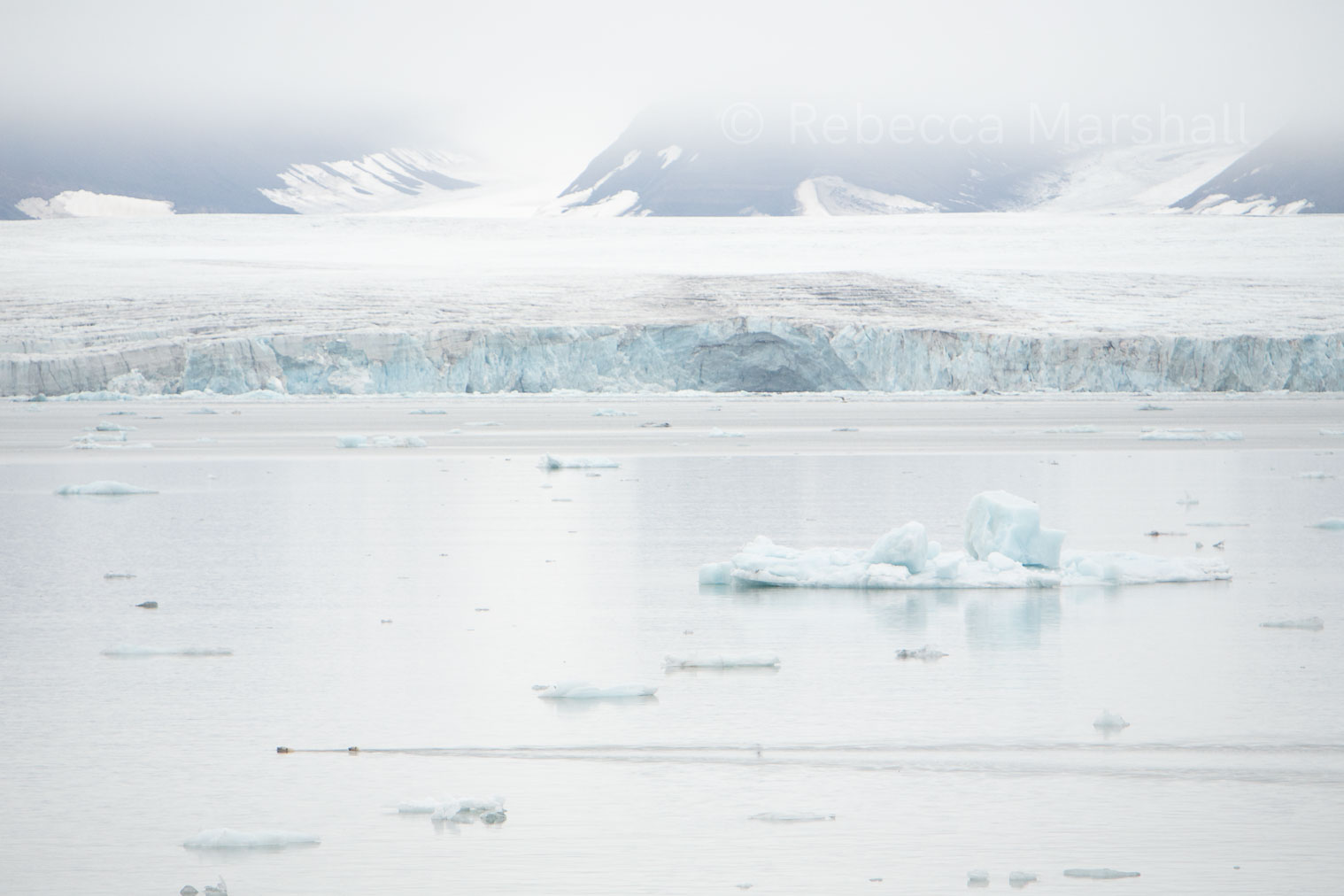
Where a glacier meets the sea. The wake of a polar bear swimming with her cub can be seen in the foreground
The importance of a flag
Scientists from many countries have come to Svalbard to study glacial retreat and various aspects of the impact of global warming, and research facilities on the islands have expanded significantly in recent years. Yet, I heard that there might be more than one reason for all these nations to invest in research institutions here.
Once upon a recent time, just a few years ago, a rock, previously covered in ice and not marked on nautical charts, became visible in the sea off Svalbard. Word has it that one day, a Danish flag appeared on it, firmly mounted on a pole on the little island’s highest point. A month or two later, it mysteriously disappeared… and a Canadian flag had been mounted in its place. I didn’t get it. Why, I wondered, would governments care enough to claim a rock stranded in the Arctic ocean?
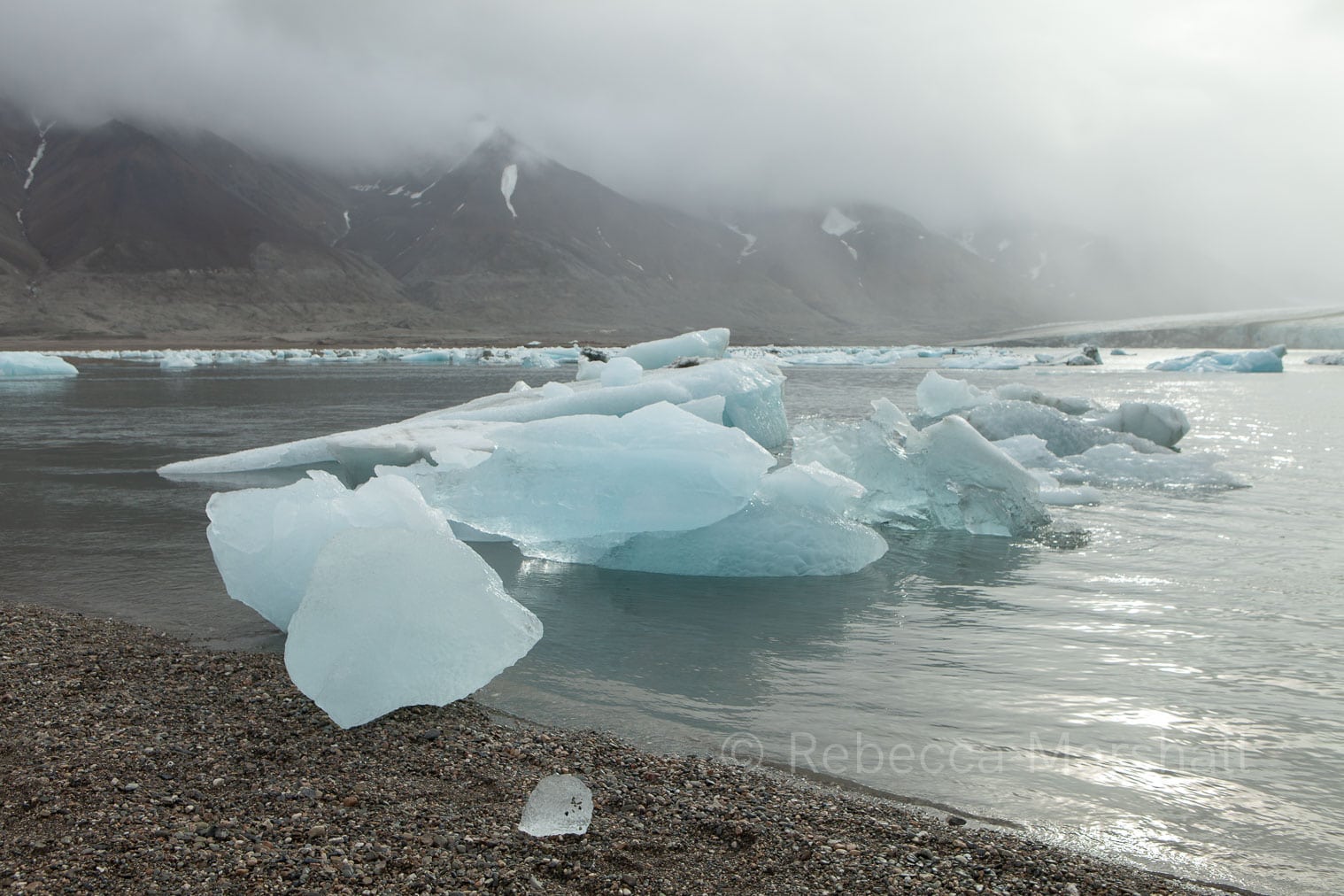
Ice is often blue on Svalbard: it is full of air bubbles, which I was told absorb all colours except clear blue
Back in 1920, a treaty was signed by a handful of countries to give all members fair and free access to the coal resources that had just been discovered on Svalbard. Norway was chosen as its administrator, so Svalbard became part of the Norwegian kingdom. Yet not all Norwegian law applies here, and the archipelago is not simply Norwegian. As Wikipedia explains: “While part of the Kingdom of Norway since 1925, Svalbard is not part of geographical Norway; administratively, the archipelago is not part of any Norwegian county, but forms an unincorporated area administered by a governor appointed by the Norwegian government, and a special jurisdiction subject to the Svalbard Treaty that is outside of the Schengen Area, the Nordic Passport Union and the European Economic Area,“.
Today, melting ice and rising sea levels are changing the geography of the Arctic region. Inaccessible ice is turning into accessible water and land that didn’t exist before is being exposed – this land isn’t strictly covered by the Svalbard Treaty.
Hidden treasure?
Ny-Ålesund, a gaggle of buildings that make up the polar research institutes of 10 countries, is the world’s northernmost settlement. 30 scientists live here all year round. MS Fram moored offshore for a couple of hours and, as cruise visitors queued up to send a postcard from the world’s most northern post office, I used my photographer’s pass to try to talk to a resident.
The man on duty at the Norwegian Polar Institute wasn’t forthcoming at all. Unshaven and unfocused, he informed me that everyone on the station had been up partying til 5 am the previous night, and promptly closed the door. However, the Chinese scientists hadn’t apparently been invited. Dr Liu, one of 8 staff at the neighbouring Chinese research base, was happy to talk and show me round. I’d finished taking his portrait and was just about to leave, when he made a comment that really caught my attention. “This century, probably over the next 10-15 years, a gigantic ice shelf off Svalbard will start disappearing in the summer” What did this mean? “A new channel will be opened up across the Arctic, that could be accessible for shipping” East and West could be joined by an entirely new route and, as the distance would be shorter, the journey would be much cheaper than the only current options for global freight shipping – the Suez and Panama canals. As I started thinking out loud, Dr Liu seemed to regret his words. “We don’t talk about politics here, sorry”
I learned one other thing, too. The new land being uncovered by retreating ice may just be regular rocks – but hydrocarbons might be found in them. If new oilfields are becoming accessible to drill for the first time, then that would be a good enough reason for the US, Canada, Denmark, Russia and Norway to be maintaining an active presence in Svalbard, and engaging in flag wars.
Souvenir of a living landscape
Hurtigruten’s cruise aboard MS Fram offered a luxurious experience of Svalbard. Sea kayaking, glacier hiking, fine cuisine and an onboard jacuzzi were among the many options available to guests. But although I had the privilege, as photographer, to participate and capture these activities, my strongest memories of Svalbard are of its living landscape.
Glaciers simply astonished me. Living, breathing, moving creatures, they are givers of life. Meltwater flows constantly under the surface, dragging sediment over rock and harbouring plankton; where ice cracks and shears off into the sea, birds, bears and seals gather to feed. The noise of a glacier where it meets the sea is deafening. Visually, the light in Svalbard, cast by a permanent, low sun, softened by frozen mist and reflected off ice as far as the eye could see, was unlike anything I’d ever experienced as a photographer.
While I’d caught glimpses of wildlife I’d never seen before – polar bear, reindeer, walruses, humpback whales, a puffin and eider duck, as well as a few unusual plants -, what surprised me the most was something many people walked over and didn’t notice. Dressing every rock, lending subdued shades of colour to the island, hundreds of species of lichen thrive on Svalbard. Their powers of adaptation to extreme environments are incredible: highly resistant to the cold, they grow extremely slowly (1 cm a century) and can live up to 5,000 years.
The one souvenir I brought back, apart from my photographs, was a pebble. The greys, reds and blacks of the lichen growing on it may be centuries old. A few years on, watered every few months, this little piece of rock still keeps Svalbard alive, in my South of France home.
> See Reportage portfolio
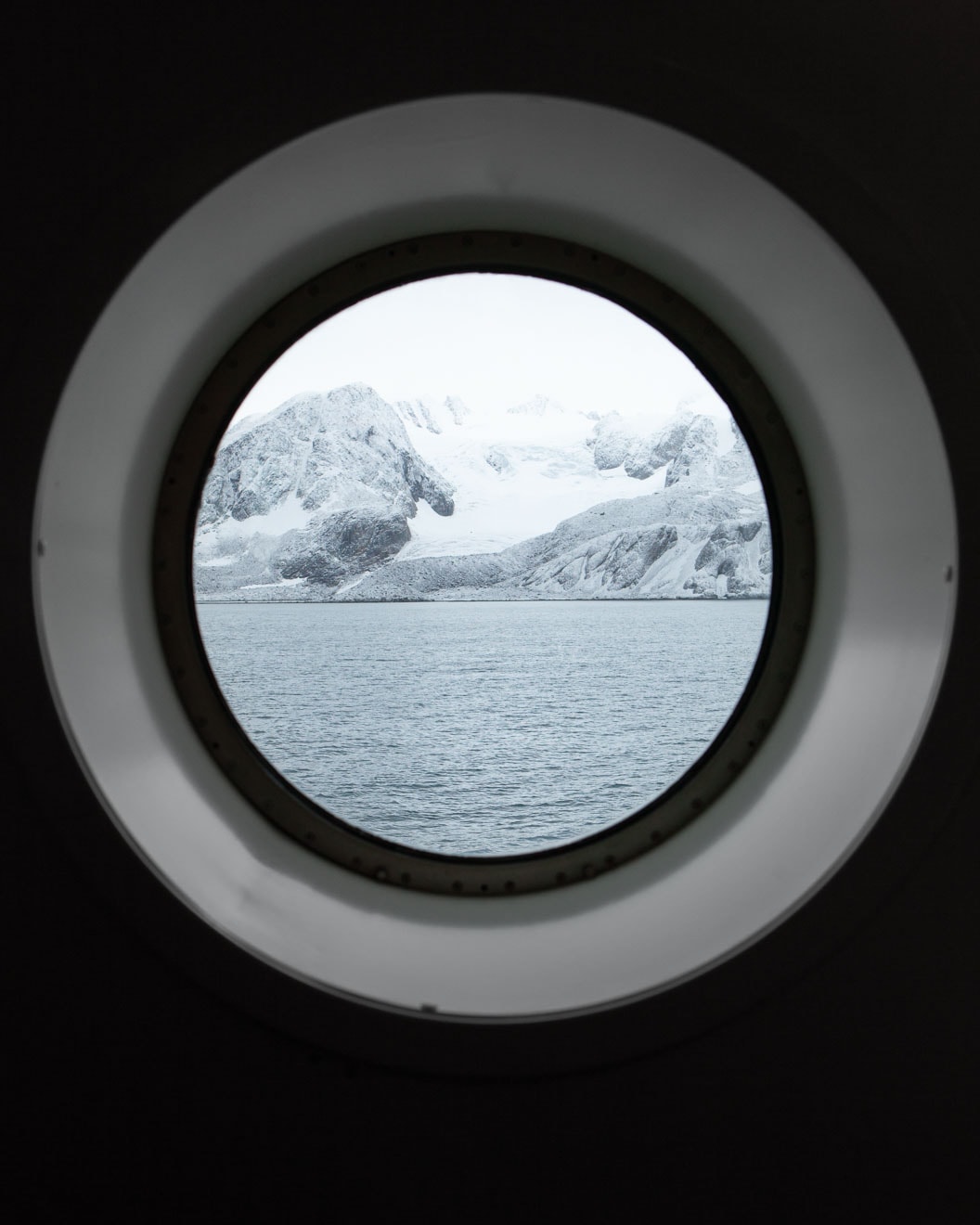
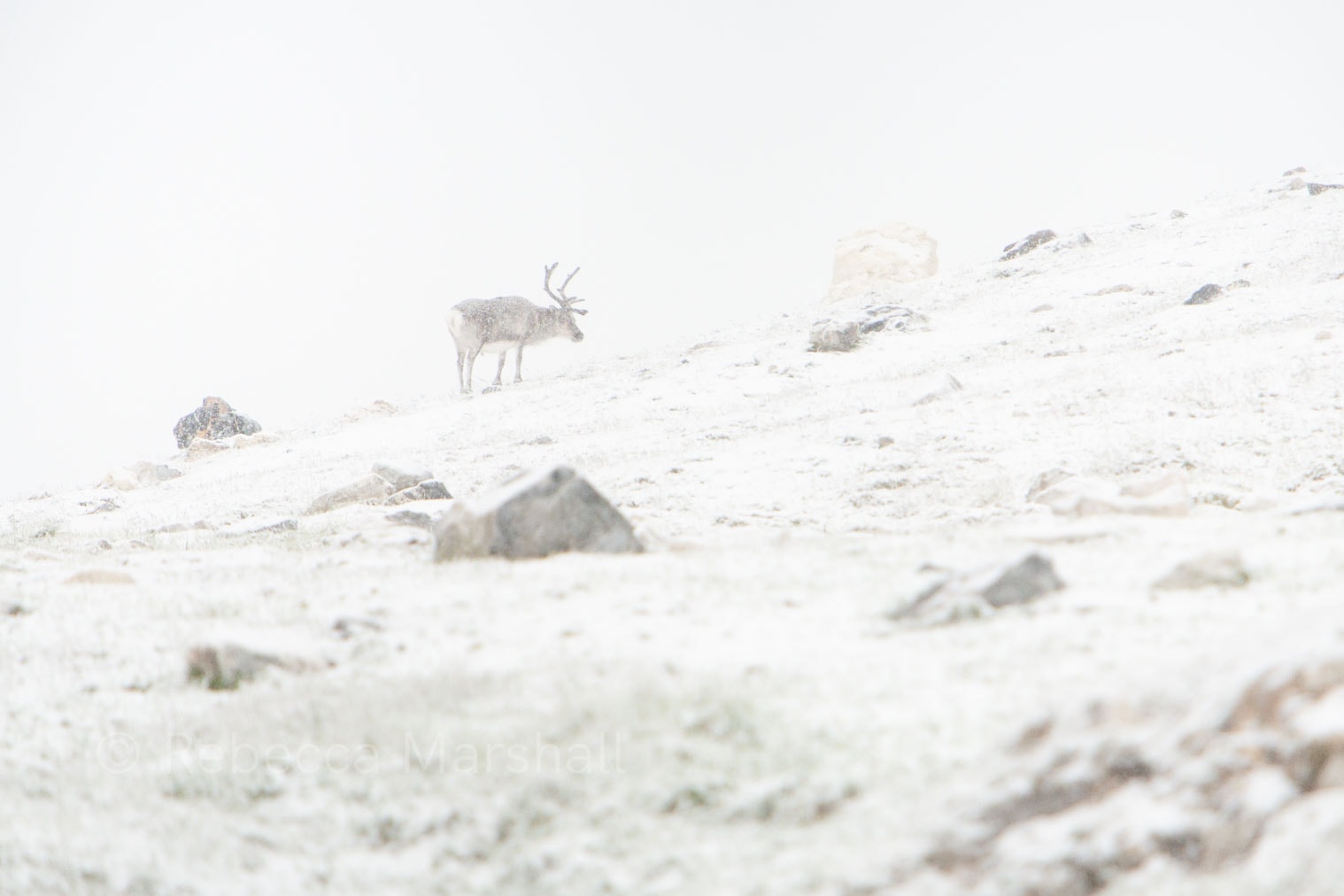
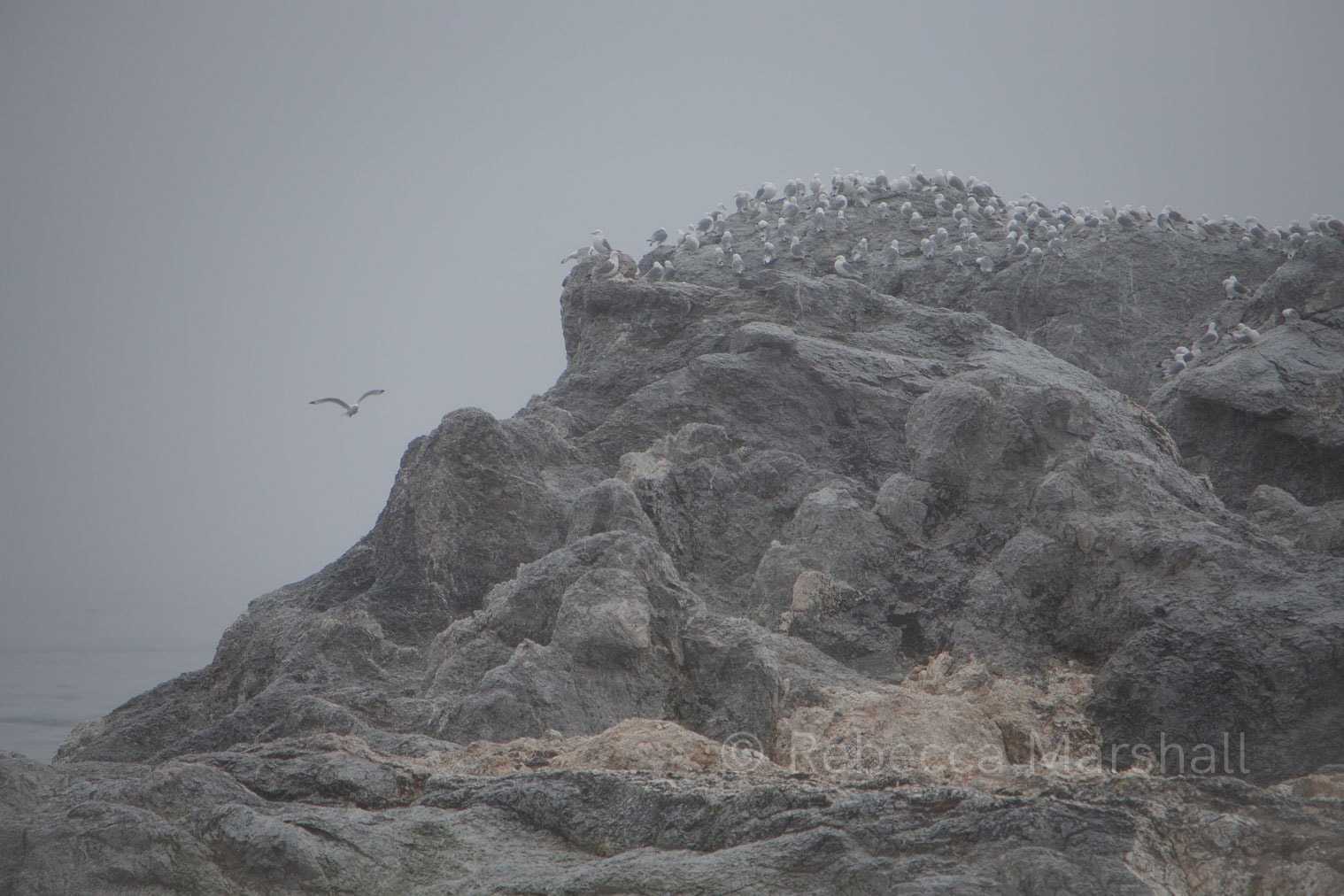
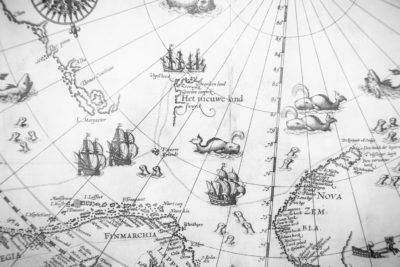
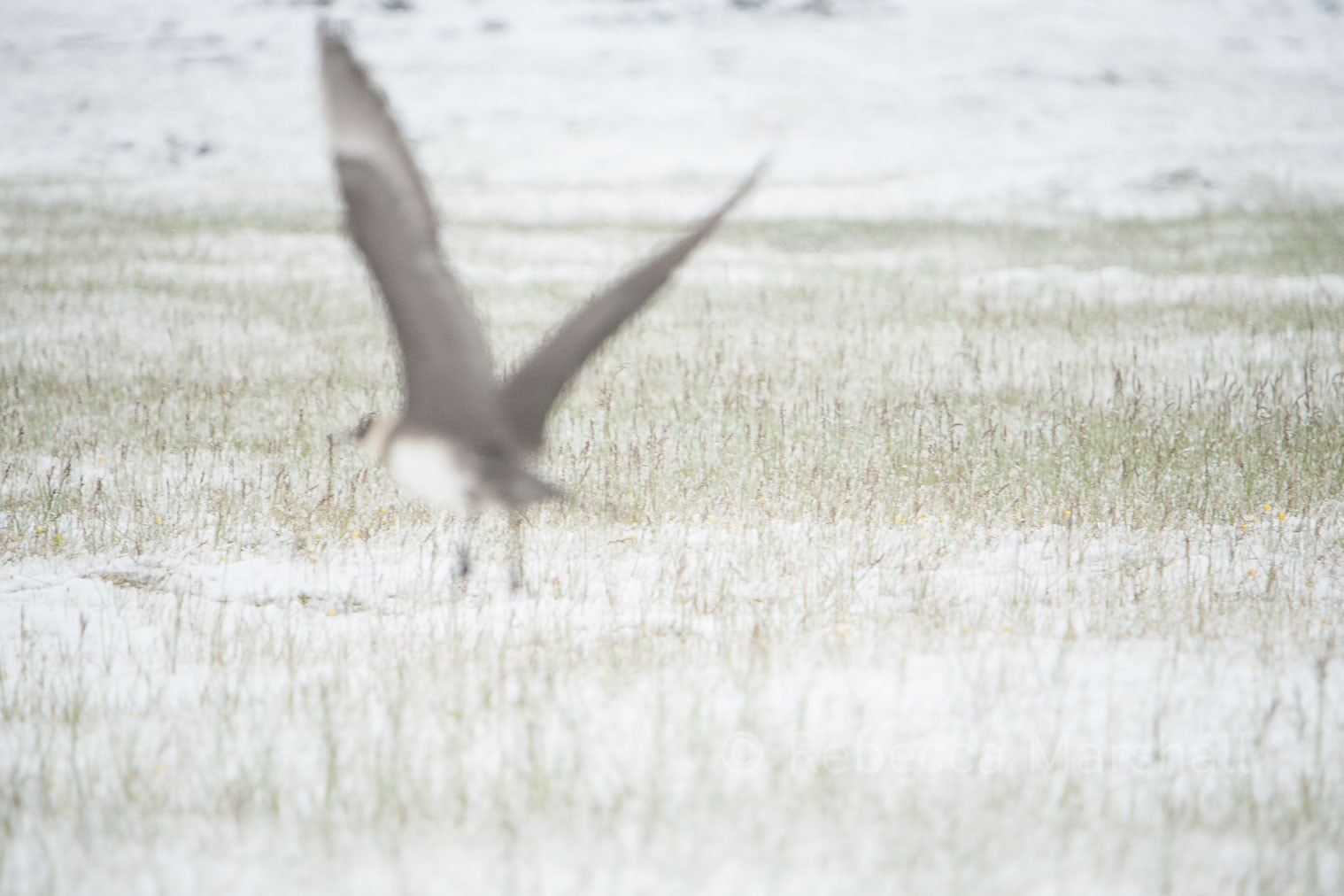
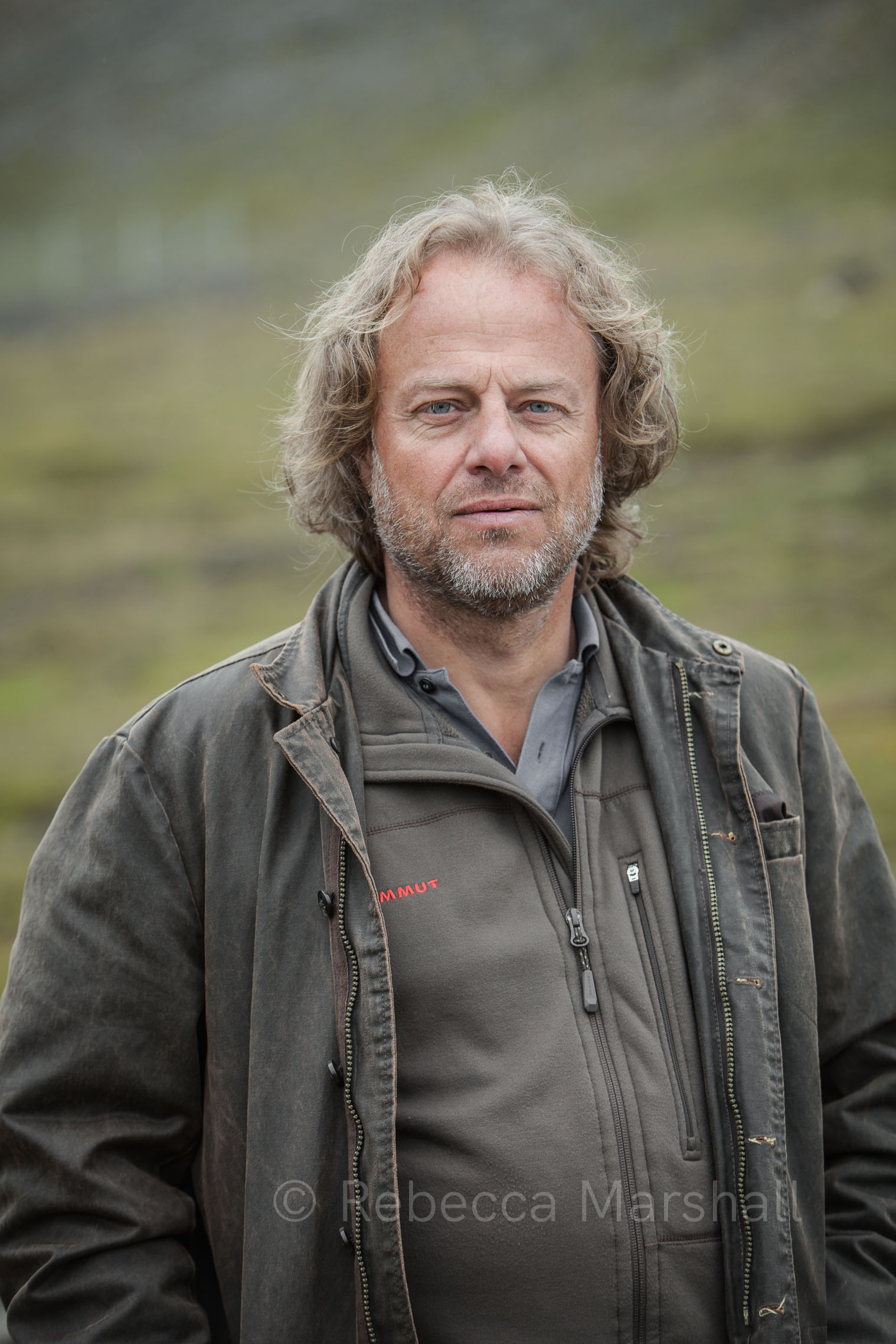
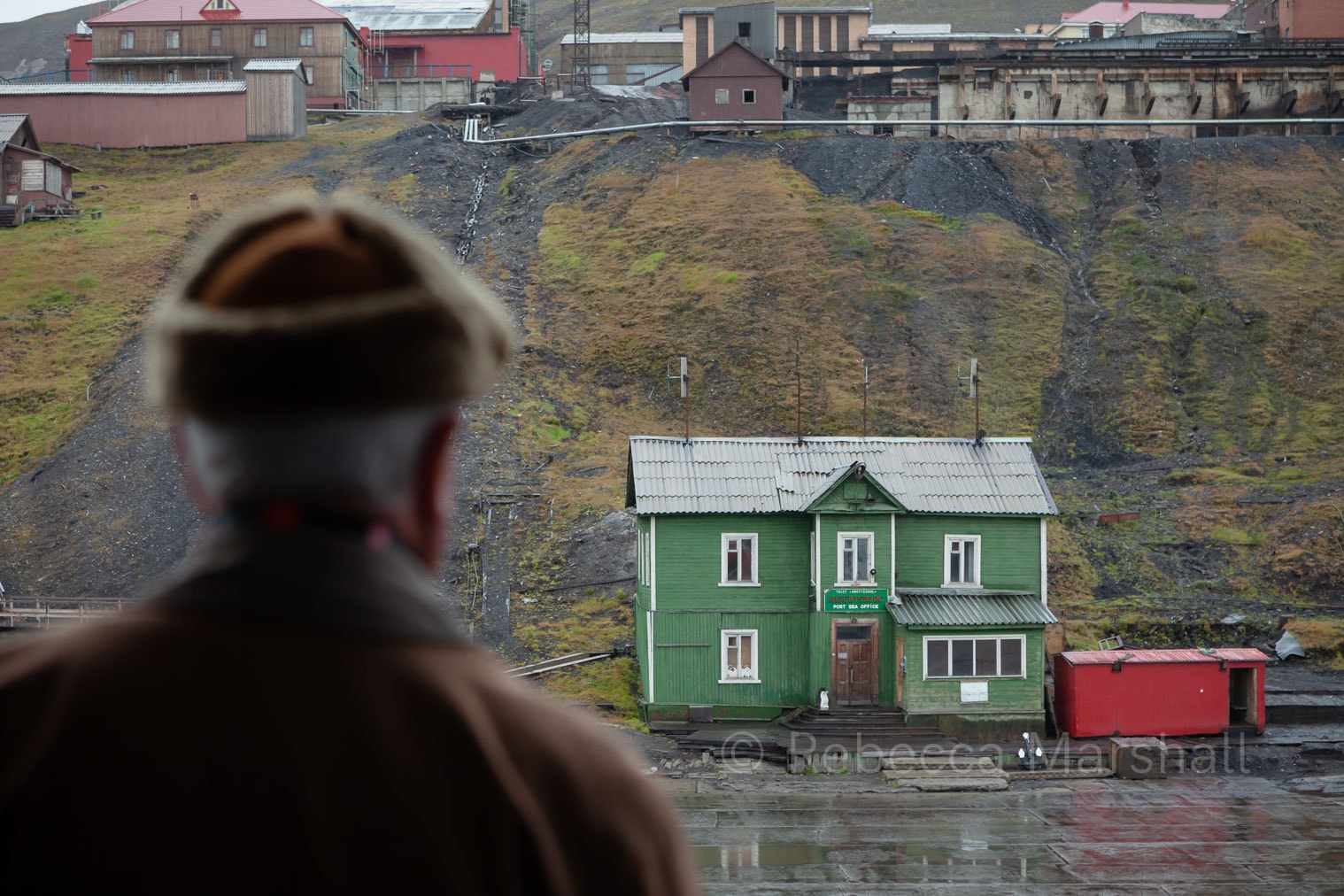
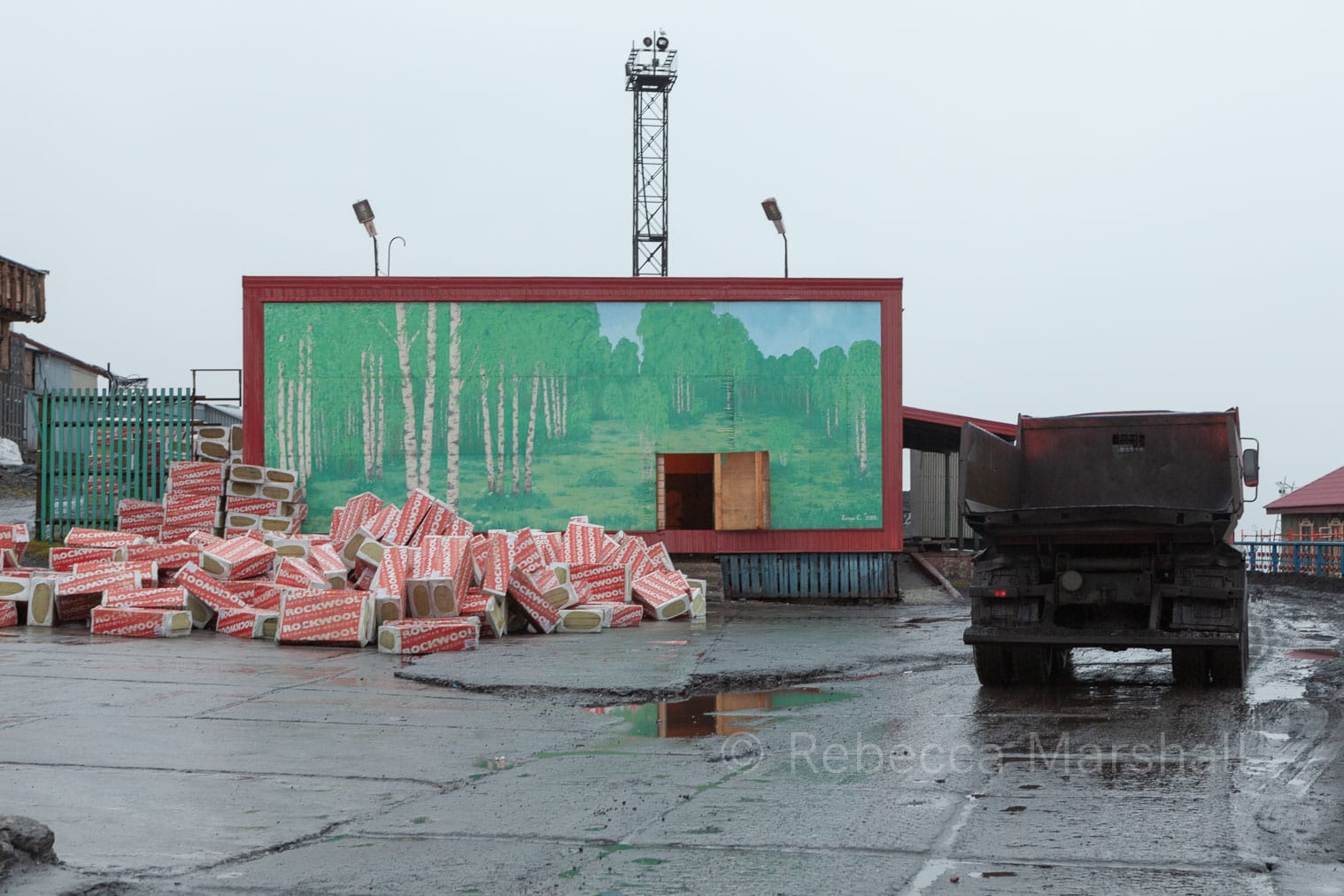
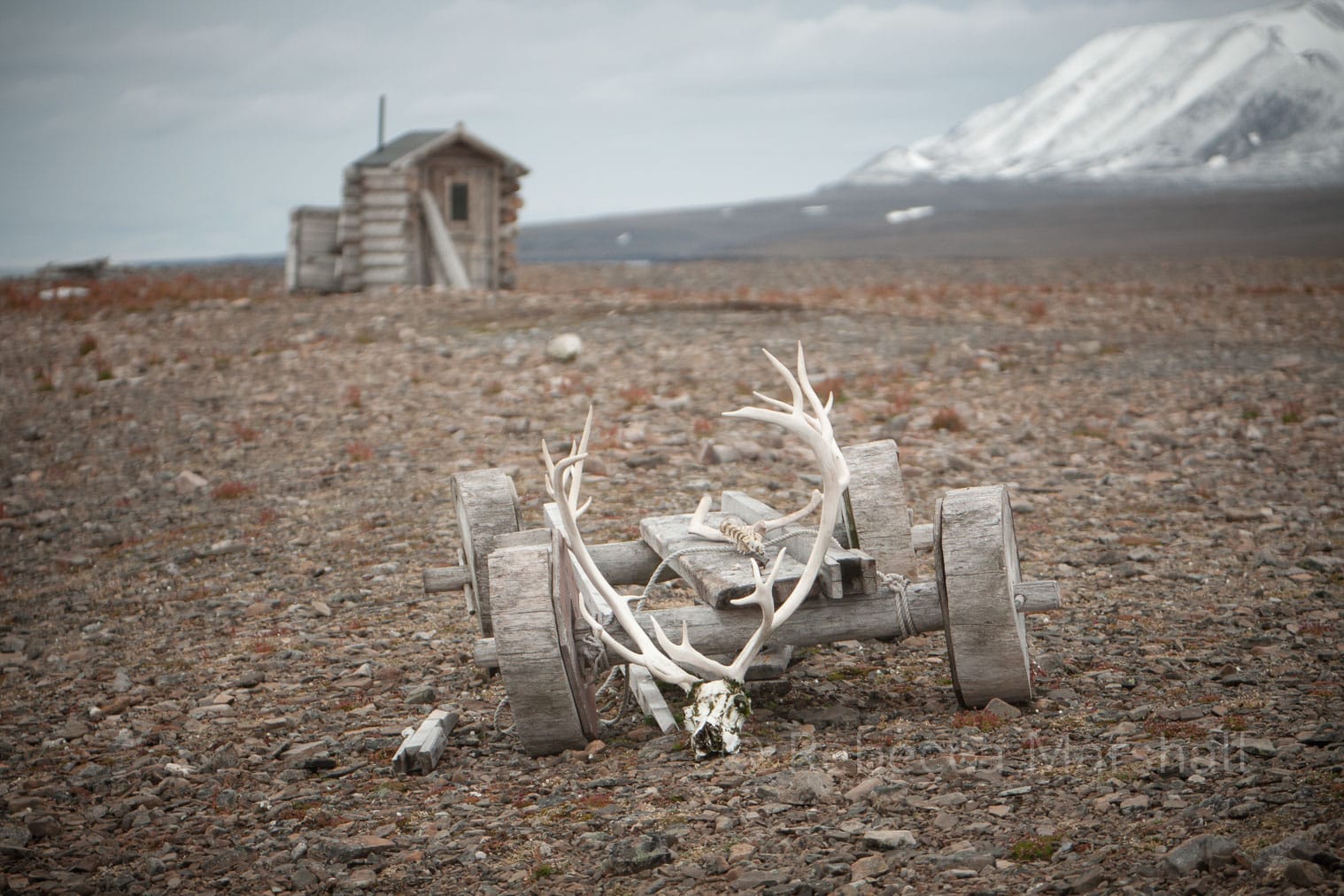
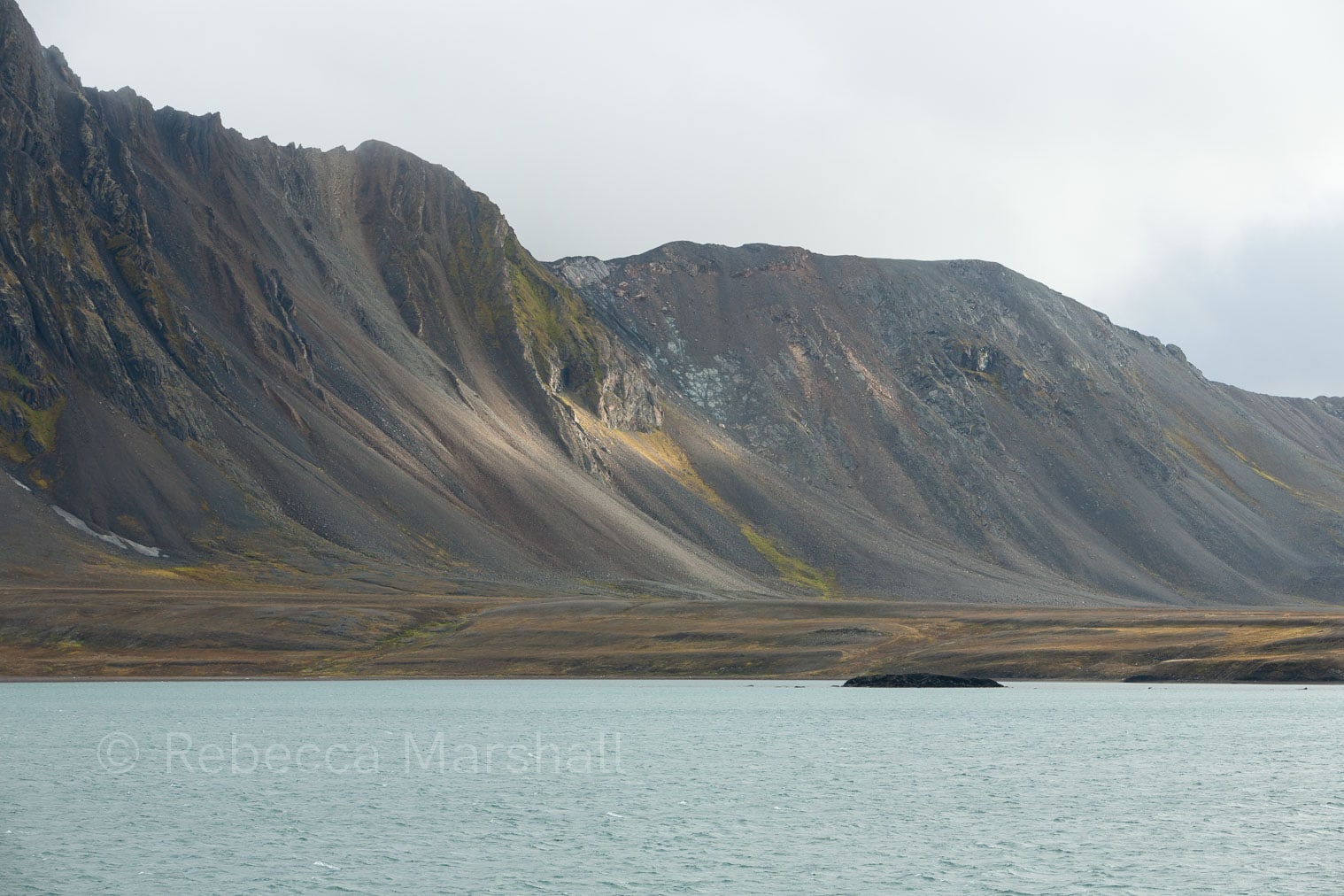
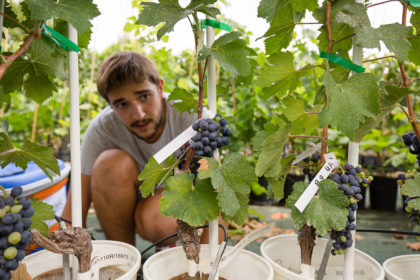
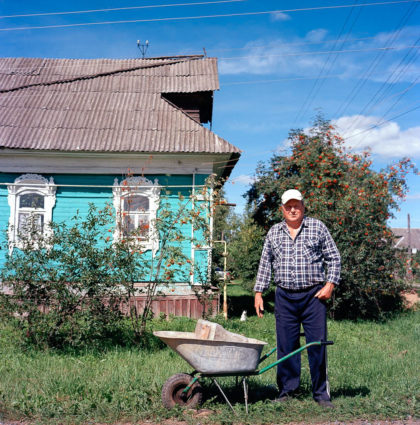
preslier
Feb 28, 2021 at 12:17 pm
Magnifique documentaire .Merci Rebecca je me suis régalé.